Purple labeo - Labeo congoro
Scientific name: Labeo congoro
Common name: Purple labeo
Family: Cyprinidae
Usual size in fish tanks: 39 - 42 cm (15.35 - 16.54 inch)
014
Recommended pH range: 7 - 8
Recommended water hardness: 12 - 23°N (214.29 - 410.71ppm)
0°C 32°F30°C 86°F
Recommended temperature range: 22 - 27 °C (71.6 - 80.6°F)
The way how these fish reproduce: Spawning
Where the species comes from: Africa
Temperament to its own species: aggressive/territorial
Temperament toward other fish species: aggressive to smaller
Usual place in the tank: Bottom levels
Short description
The Purple labeo (Labeo congoro) is a large, riverine cyprinid and powerful algae/periphyton grazer. It is not a Lake Tanganyika species; in nature it inhabits fast-flowing rivers and floodplains of southern Africa (e.g., the Zambezi, Okavango, Cunene/Kunene and associated tributaries). Reaching 39–42 cm (and larger in the wild), it is unsuitable for small aquaria and demands a long, high-flow tank with excellent oxygenation and filtration.
Origin
Africa — widespread in southern African drainages, especially large river systems with seasonal flow changes, sand/gravel runs and rocky stretches with biofilm growth.
Food and feeding
A natural periphyton/aufwuchs grazer that scrapes algae, diatoms and associated micro-invertebrates from hard surfaces. In the aquarium, provide a vegetable-forward diet (spirulina pellets/wafers, quality herbivore flakes) plus blanched greens (lettuce, spinach, peas, zucchini). Supplement sparingly with protein (e.g., mysis, krill, bloodworms) to avoid fatty buildup; frequent small feedings help maintain condition without polluting the water.
Sexing
No reliable external differences in non-breeding fish; mature females may appear fuller when ripe. Visual sexing is difficult outside of spawning condition.
Breeding
No confirmed home-aquarium spawnings. Like other large river cyprinids, it is believed to be a migratory spawner with seasonal cues (flow, temperature, photoperiod). Commercial or research breeding typically requires hormone induction and ample running water.
Lifespan
Typically 8–12 years with robust filtration, high oxygen and low nitrate; longevity declines in cramped or low-flow setups.
Behavior & compatibility
Territorial, especially toward conspecifics and similarly shaped algae grazers. Keep a single specimen unless the tank is very large with broken sightlines. May harass smaller fish; choose sturdy, fast midwater tankmates that tolerate current. Avoid slow, long-finned or timid species.
Tank requirements
- Tank size: very large footprint (minimum 500–700 L for one adult; more for communities). Long tanks are critical.
- Hardscape: smooth rock, rounded gravel/sand, and robust décor for algae growth; leave open runways for cruising.
- Flow & oxygen: moderate to strong current (river manifold/powerheads) and vigorous surface agitation; they are heavy oxygen consumers.
- Water: pH 7.0–8.0, temperature 22–27 °C; keep nitrate low (<20 mg/L).
- Filtration: oversized bio-mechanical filtration; plan for heavy waste and strong appetite.
Care notes
Acclimate carefully and provide algae-coated surfaces to graze. Offer more cover than you think you need to reduce pacing and territorial lunges. If aggression spikes, re-scape to reset territories. Purple labeo is a high-maintenance, large-river fish not intended for standard home tanks.
Picture
Bought by aqua-fish.net from jjphoto.dk.


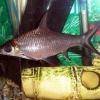 Bala
Bala 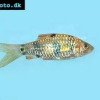 Spotted
Spotted  Golden
Golden  Tinfoil
Tinfoil 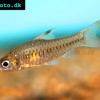 Congo
Congo 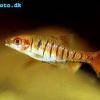 Blue-barred
Blue-barred 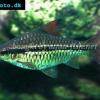 African
African 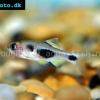 Butterfly
Butterfly 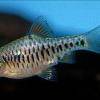 Olivegreen
Olivegreen 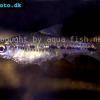 Morse
Morse 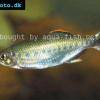 Jerdon’s
Jerdon’s 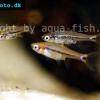 Mosquito
Mosquito 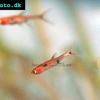 Dwarf
Dwarf 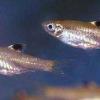 Eyespot
Eyespot 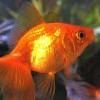 Goldfish
Goldfish 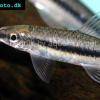 Penguin
Penguin 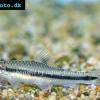 Siamese
Siamese  Koi
Koi  Pearl
Pearl 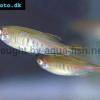 Glowlight
Glowlight 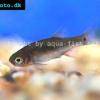 Crossbanded
Crossbanded 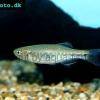 Yoma
Yoma 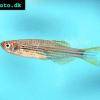 Orange
Orange 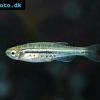 Dwarf
Dwarf  Zebra
Zebra 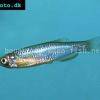 Rose
Rose 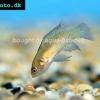 Red
Red 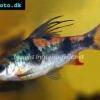 Arulius
Arulius 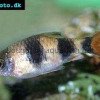 Tambraparni
Tambraparni 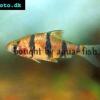 Fiveband
Fiveband 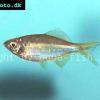 Bengal
Bengal  Tiger
Tiger  Malabar
Malabar 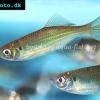 Queen
Queen  Hora
Hora  False
False 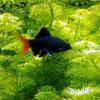 Redtail
Redtail 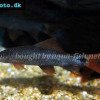 Rainbow
Rainbow 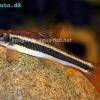 Flying
Flying 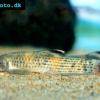 Garra
Garra 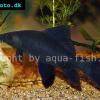 Black
Black 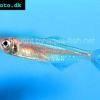 Burmese
Burmese 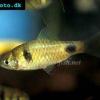 Dwarf
Dwarf  Isok
Isok  Rosy
Rosy  Two
Two 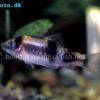 Melon
Melon 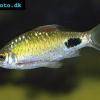 Black-spot
Black-spot 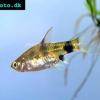 Golden
Golden 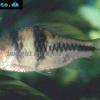 T-Barb
T-Barb 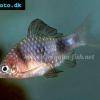 Ruby
Ruby 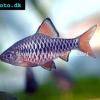 Checkered
Checkered  Rhomb
Rhomb 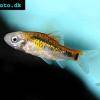 Gold
Gold 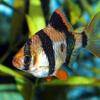 Tiger
Tiger  Cherry
Cherry  Brittan’s
Brittan’s  Greater
Greater 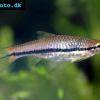 Long-band
Long-band  Twospot
Twospot 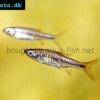 Reticulate
Reticulate 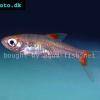 Cherry
Cherry 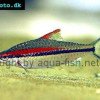 Denison
Denison 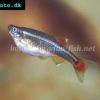 White
White 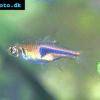 Lambchop
Lambchop  Harlequin
Harlequin